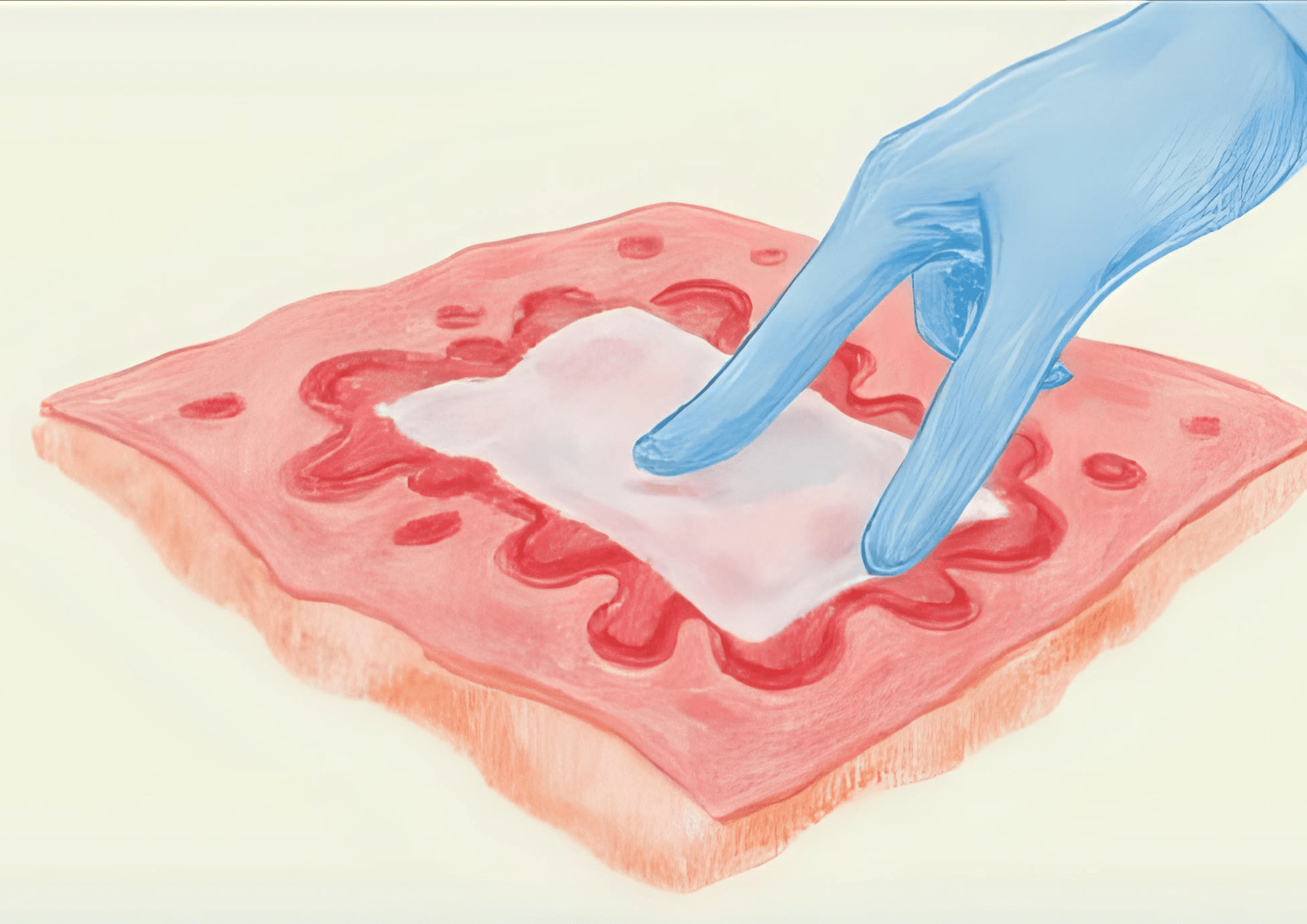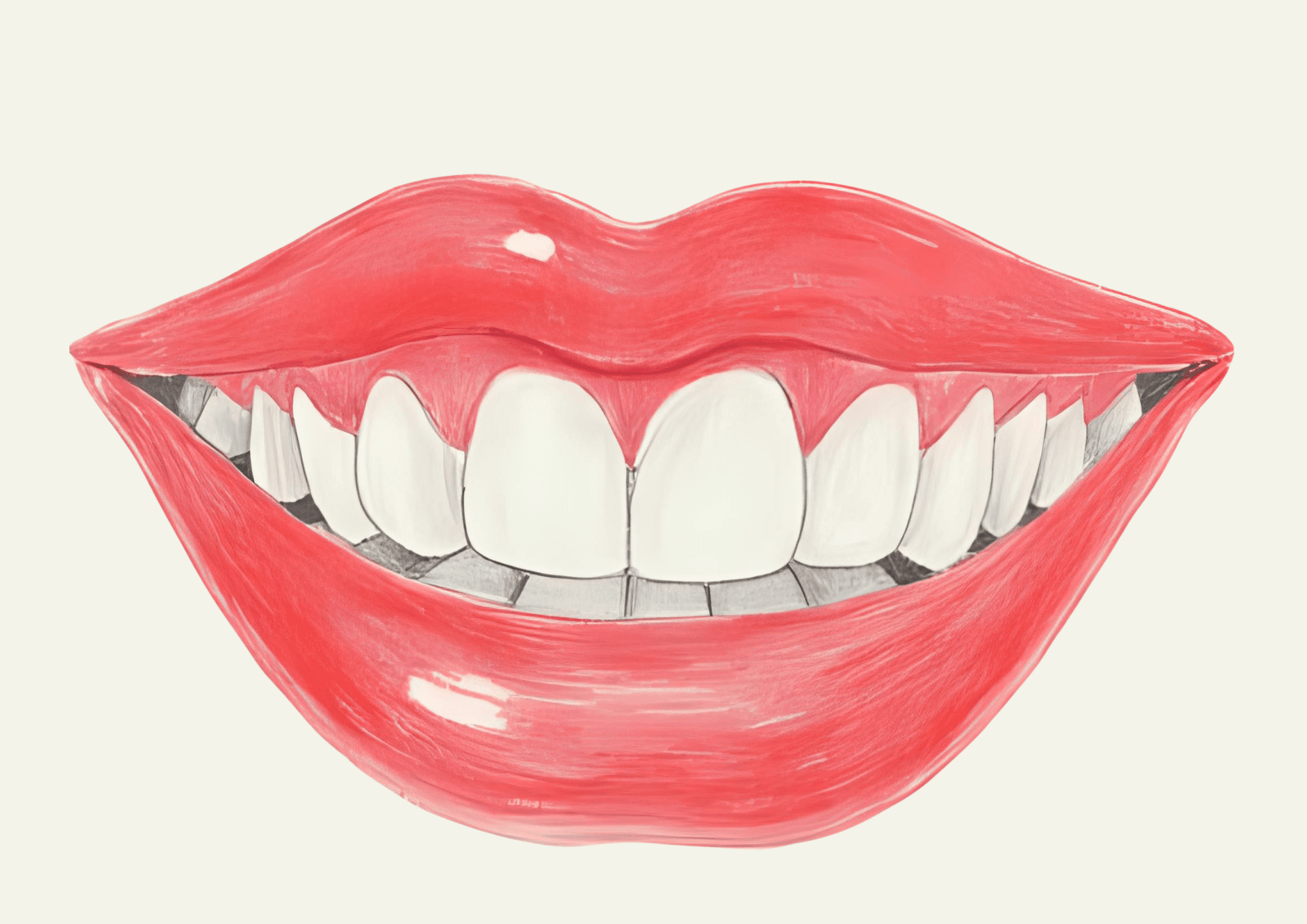25 Aug 2025
9 MIN READ
Tech neck? Fix it with these simple moves
Multiple devices surround us, from mobiles to smart televisions. We need them for communication, work, payments, shopping, and entertainment.
These tech devices slowly misalign your spine and posture.
People spend 7-8 hours a day before the screens. It leads to muscular discomfort and neck or back pain.
Over 70% of the global population uses smartphones or other devices, doing irreversible damage to their necks and backs.
When does spinal misalignment occur?
Physical, chemical, and emotional pressures on the body may cause spinal misalignment. A stressful job, poor nutrition, or tensions in the neck result in spinal stiffness. This is the cause of functional mobility problems.
Spinal misplacement is caused by intense pressure on the spine and its dislocation due to injuries. For instance, accidents, sports injuries, sudden falls, long durations of improper sitting, or standing can cause spinal injuries.
Prolonged screen usage in a slouched position can also cause spinal displacement. It also causes forward head posture, creating a pressure of 65 pounds on the neck.
Dowager’s hump is a hump caused by a rounded neck. Spinal deformation, abnormal posture, and osteoporosis may cause this hump.
Over 7 million people in the US have spinal misalignment due to injuries or old age.
Tech neck - a technology syndrome
Tech neck, or text neck, is a bunch of discomfort caused by extended use of mobiles, computers, tablets, or laptops.
It includes symptoms such as:
-
Sharp pain in the neck and shoulders
-
Decreased range of mobility in the neck and shoulders
-
Stiffness and tightness in the neck and both shoulders
-
Constant or intermittent headaches
-
Eye pain
-
Tingling and numbness in the hands
Symptoms of spinal misalignment
Your body shows multiple symptoms to let you know of spinal misalignment, which include:
-
Chronic headaches
-
Neck pain
-
Knee pain and back pain
-
Hip pain
-
Dizziness
-
Tiredness
-
Numb or weak hands and feet
Effects of spinal misalignment
Spinal misalignment is the result of dislocation of the vertebrae of the backbone. This results in joint deformities or reduced mobility. Other effects are given below:
-
Altered spinal arrangement
-
Slipped discs of the backbone
-
Muscle stiffness
-
Eye strain
-
Continuous headache
-
Pressure on the nerves
These effects cause chronic pain in joints, the neck, and the back. However, physiotherapies, exercises, and surgeries can reverse the spinal misalignment.
In the USA, 1.7 million spinal fusion procedures were performed in 2022.
Health risks associated with spinal misalignment
Spinal misalignment causes multiple health risks if left unattended. It causes spinal alterations. Hence, the person cannot sit, stand, walk, or sleep. The risks are:
-
Constant pain in the neck restricts the angular movements of the neck.
-
Nerve compression due to forward head tilt causes throat and speech issues.
-
Digestive problems like bloating or constipation
-
Urinary problems due to less hydration
-
Eyes become dry, causing blurred vision
-
Respiratory issues due to a choked throat while using devices
-
Cardiovascular diseases
-
Restricted movements of the neck and shoulders
-
Sleeping disturbances
-
Tech neck
-
Carpal tunnel syndrome causes numbness and weakness in the hands
-
Arthritis
-
Scoliosis (the S-shaped spine changes to C-shaped)
Doctor’s advice for spinal misalignment
If an individual has spinal misalignment, doctors suggest a combination of therapies for spinal correction. Physiotherapists recommend exercises to maintain muscle balance. Similarly, orthopedists advise on comfortable ergonomics and movement breaks during extended working hours.
Chiropractors are licensed doctors who treat spinal manipulation and musculoskeletal conditions. Their recommendations include:
-
Exercises
-
Physiotherapy
-
Modifications in lifestyle
-
Pain management
-
Improving spinal alignment
When you have a spinal dislocation and the doctor performs manual spine correction, it takes nearly 2 to 3 weeks with two spinal corrections weekly.
In critical cases, the doctor uses surgery to rearrange the spinal discs.
Methods used for spinal realignment
Surgical and non-surgical methods are used to bring the spine back to its original location. These include:
Non-surgical options
-
The Schroth method uses breathing exercises and muscle strengthening for spinal correction, focusing on the stability of the spine.
-
Braces are used for adolescents' curved spines. It works well if the braces are worn for nearly 23 hours of the day during growth stages.
-
Targeted scoliosis exercises strengthen the core and improve posture to reduce cervical pain.
Surgical options
-
Vertebral body tethering uses metal anchors and flexible cords to fix spinal curvature.
-
Spinal fusion surgery treats severe scoliosis. It fuses vertebrae to retain the shape of the vertebral column.
-
Internal bracing surgery uses screws to realign the spine to its normal position.
Advanced applications to detect spinal misalignment
Technology degrades the spine, but cautious use of technology for monitoring can help reduce the spinal pressure and reduce future risks. The devices include:
-
Sensors to track posture defects
-
Manual devices to relieve muscle tightness
-
Vibrators and mobility drill devices
-
Setting reminders for movement breaks
-
Setting time restrictions for screen use apart from work
Exercises to reverse spinal dislocation
Several exercises work well to align your posture and spine. Doing three repetitions of each exercise can prevent spinal injuries. Start it in advance to see the effects, which include:
-
Nodding: Nod your head front & back, sideways, and rotate it clockwise and counterclockwise.
-
Chin tuck: Slightly push the chin back and up with fingers to align your neck and posture.
-
Downward facing: Make an inverted V-shape, keeping your palms and feet on the floor and raising your hips.
-
Cat-cow pose: Put your palms, feet, and knees resting on the floor. Make a rectangle on the floor with your back. Make a U-shaped curve and an inverted U-shaped curve with your back. Move your head along the curve.
-
Glute bridge pose: Lie down on your back, and make a 45-degree angle between your knees. Pull your back up, resting your head to align your shoulders, back, and knees. Stay for two minutes, then return to the starting position.
These short moves can be done amid 5-minute work breaks, for quick resets.
Healthy habits to maintain your spinal cord
Tech distracts us from our basic needs, but one must make time to fulfill them. Thus, they will have fewer chances of getting diseases.
Your body needs:
-
Good sleep
-
Proper ergonomics
-
Movement breaks while working
-
Hydration
-
Nutrient-rich meals
-
Exercises
Realigning your spine
The digital world has several addictive devices to glue people. Spine disorders are common these days due to the modern lifestyle. Classes, work, projects, and cooking rely on digital devices, but one should use them cautiously. Adjust your posture and stretch your spine while working. Which one do you prefer, ergonomics or exercises?



